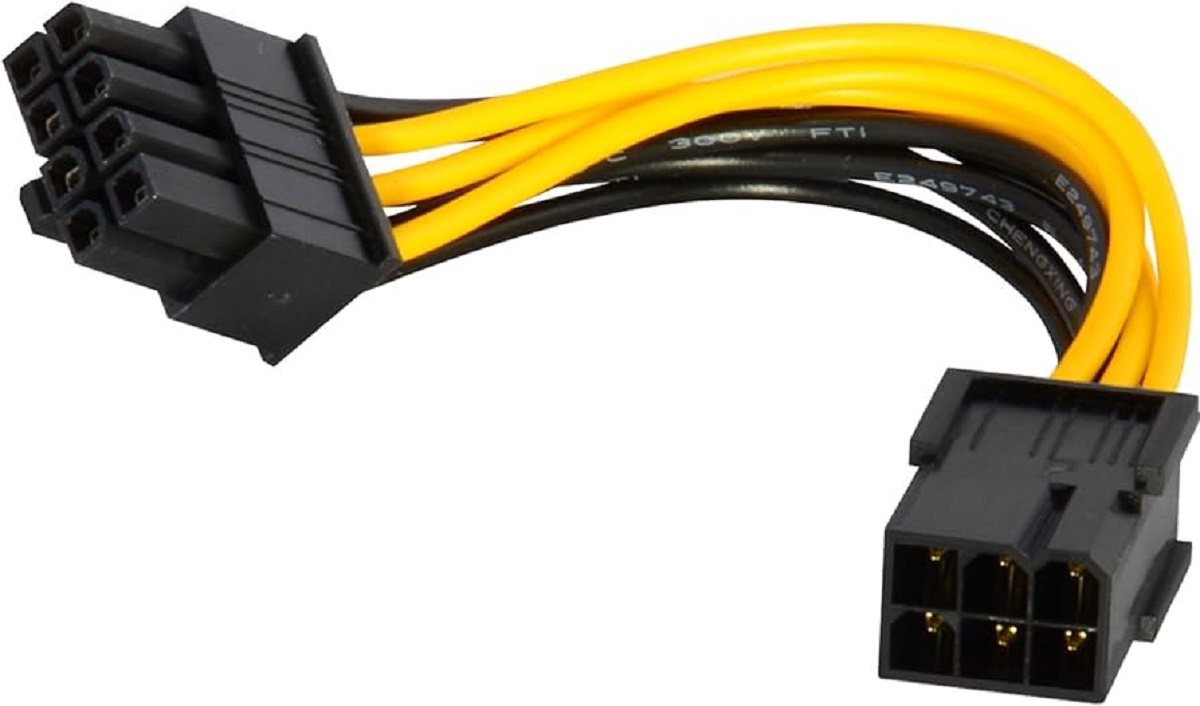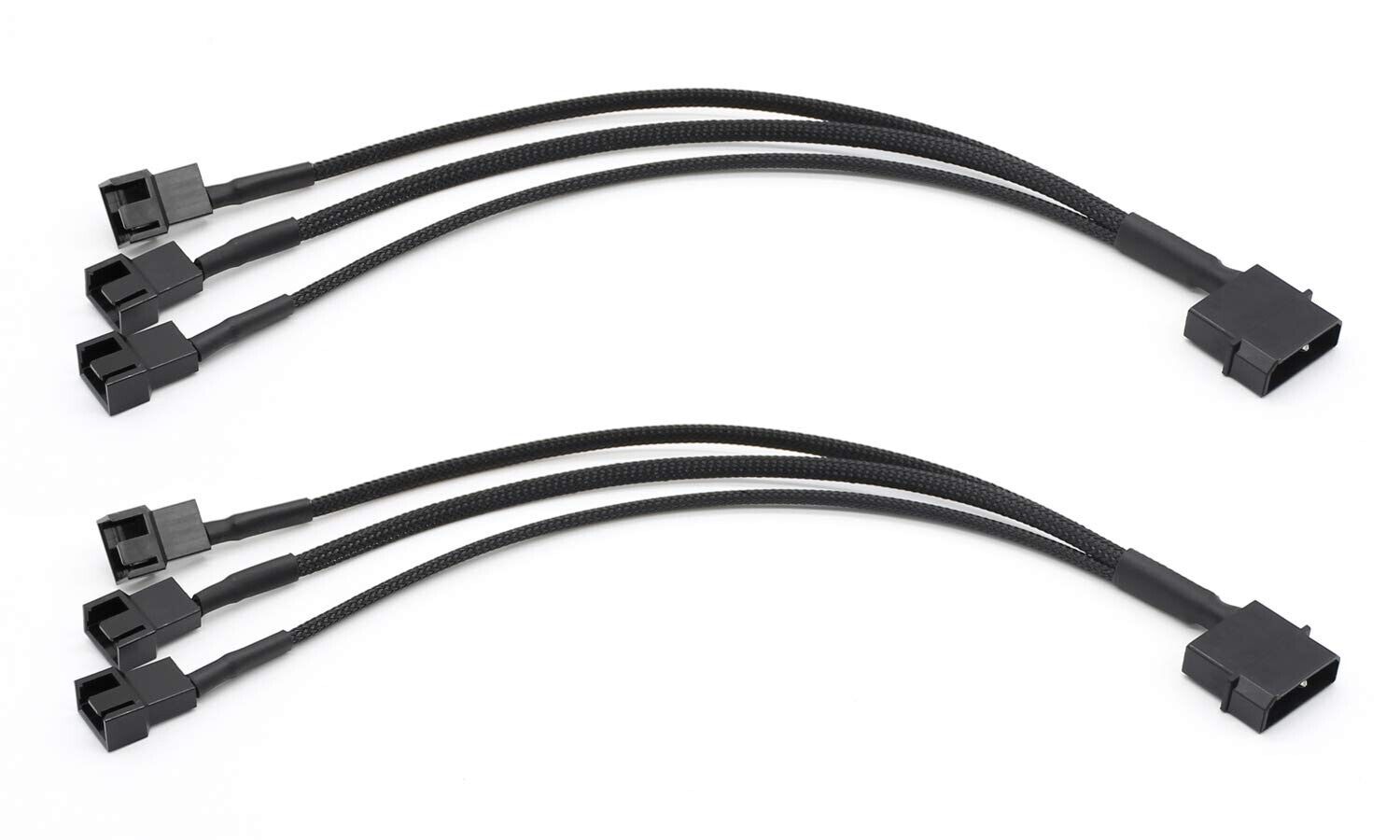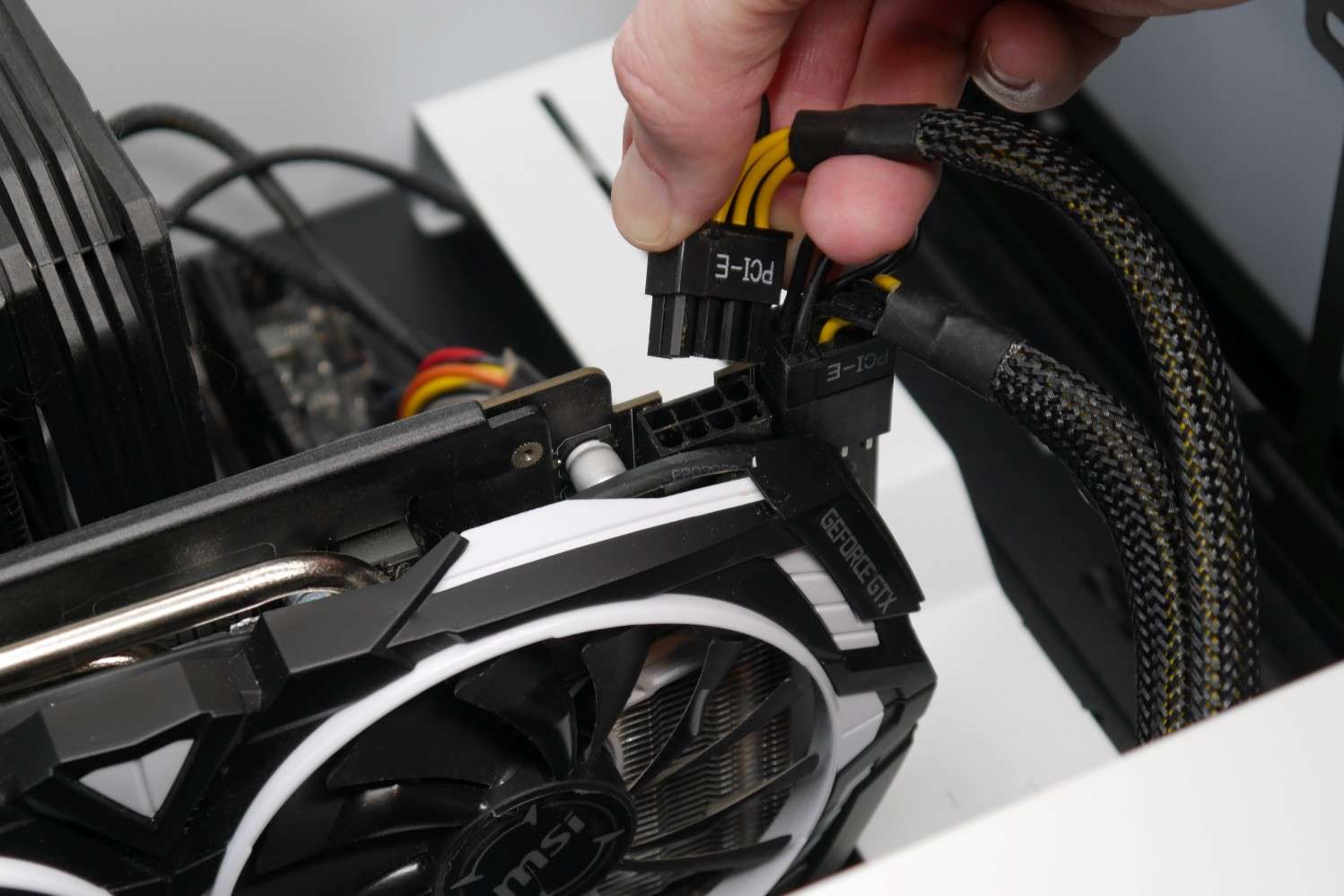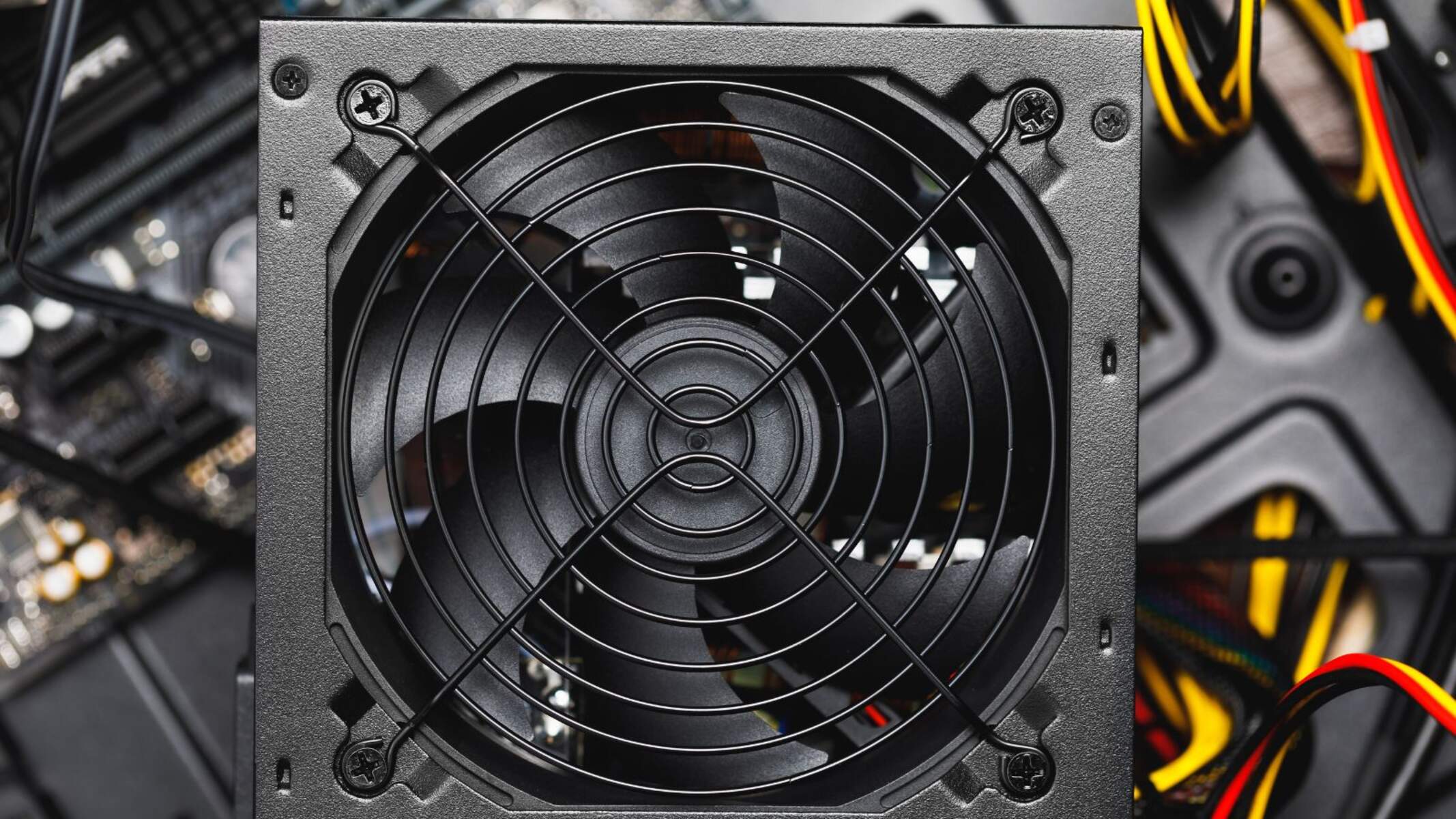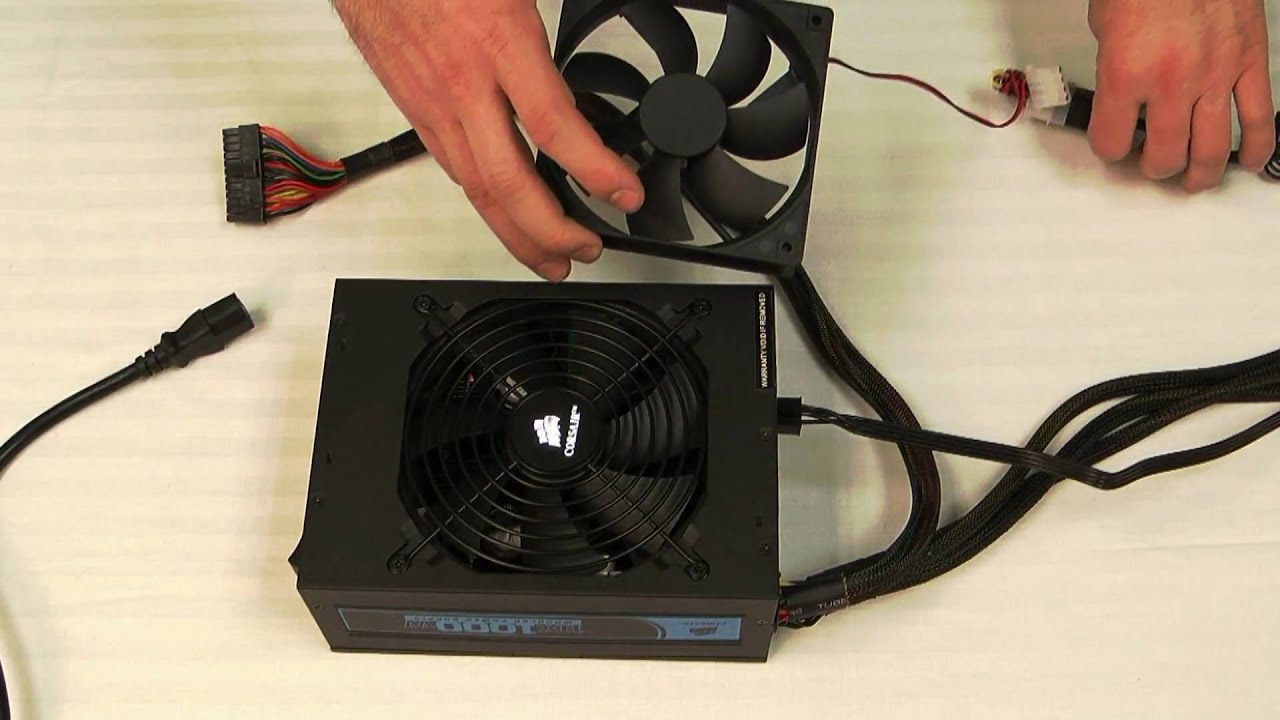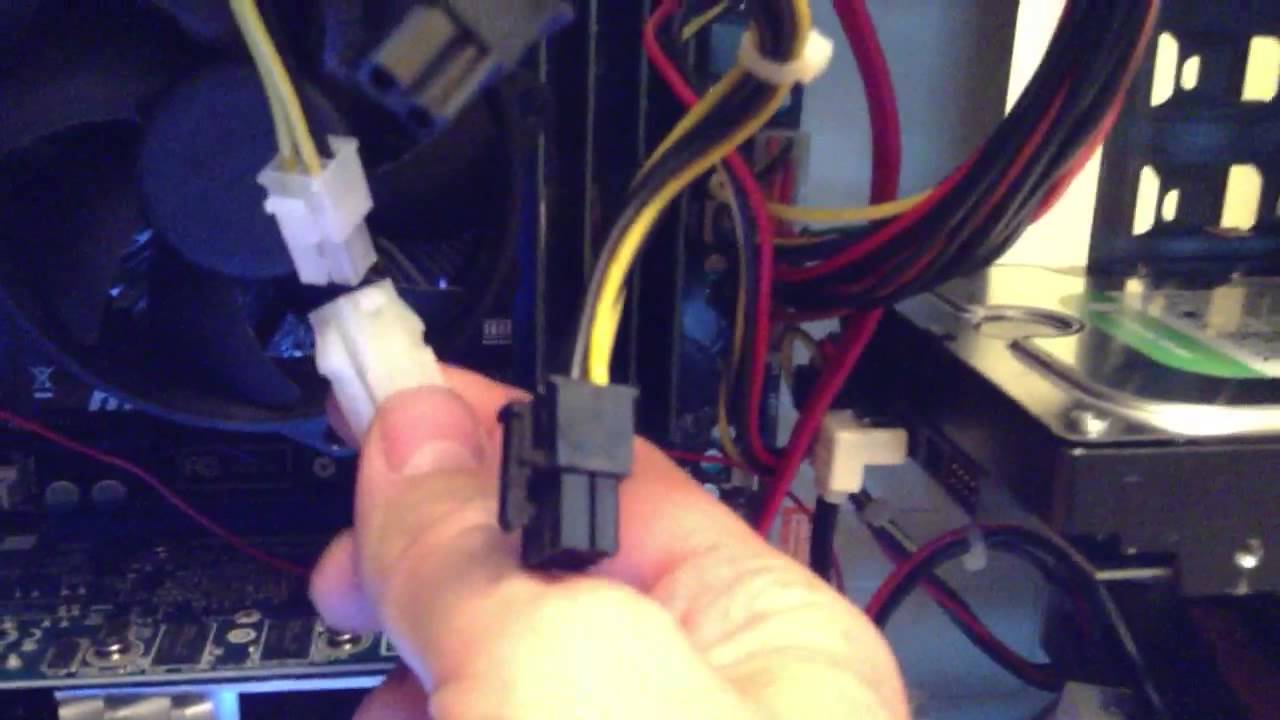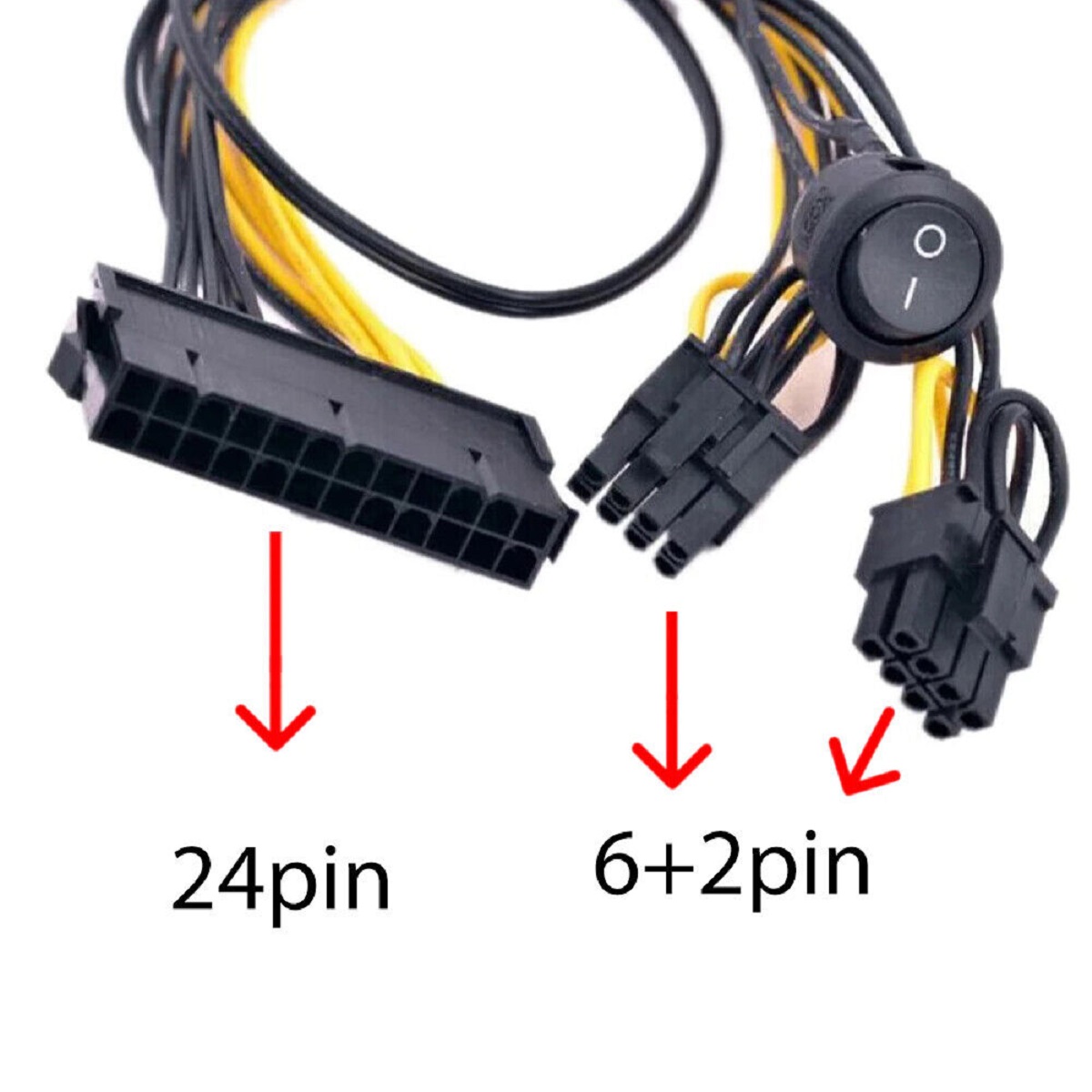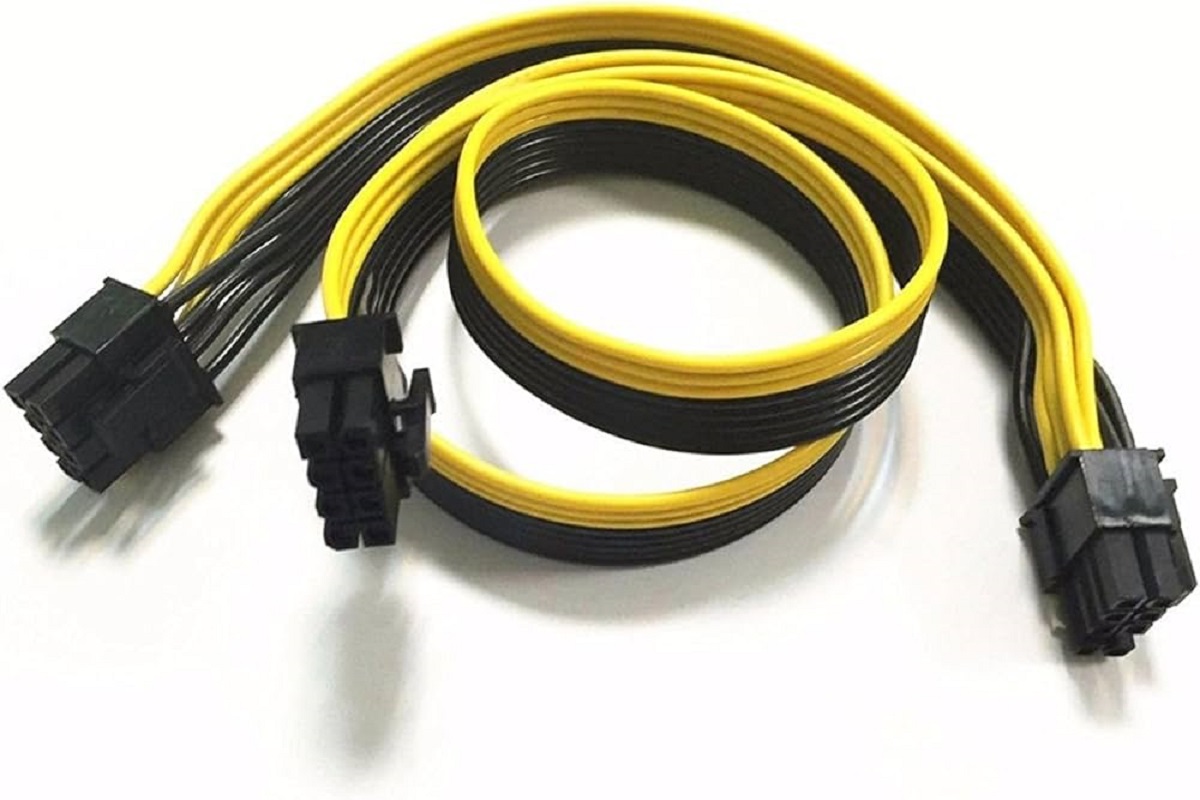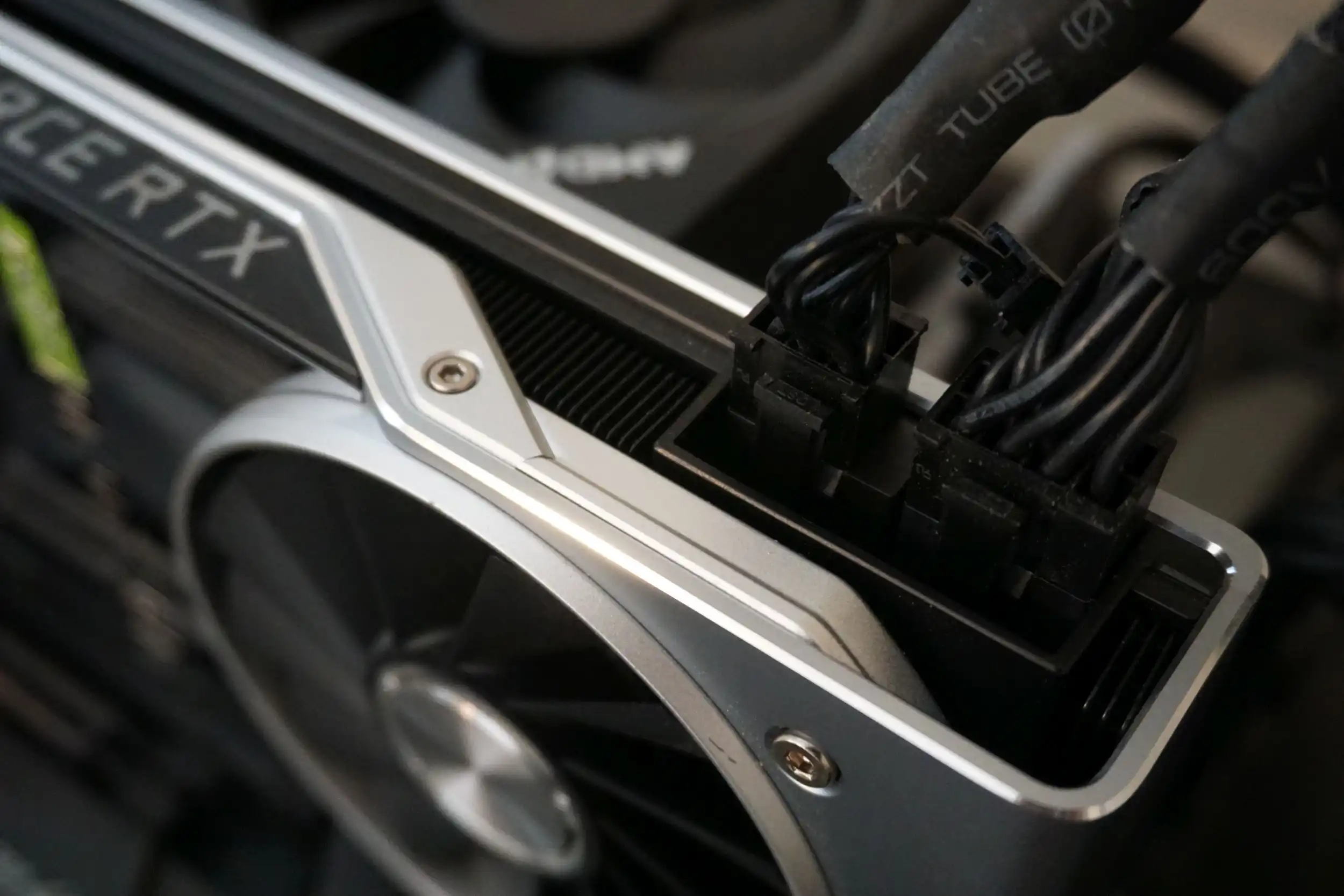Introduction
When it comes to building or upgrading a computer, one of the most important components to consider is the power supply unit (PSU). The PSU is responsible for supplying power to all of the other components in your computer system, ensuring their proper functioning and performance. Understanding the various types and features of PSUs is vital, especially when it comes to compatibility with your other components.
One key aspect of PSU compatibility is the availability of 8 pin connectors. These connectors are used to provide power to high-performance components such as graphics cards and CPU power connectors. Having the correct number of 8 pin connectors is crucial for ensuring smooth power delivery and avoiding any potential issues or limitations.
In this article, we will guide you on how to tell if your PSU has 8 pin connectors. We will explore different methods that you can use to determine the presence of these connectors, enabling you to make informed decisions when building or upgrading your computer system.
Before we dive into the various methods, it’s important to note that PSUs come in different form factors and wattage capacities. The presence of 8 pin connectors may vary depending on these factors, as well as the specific model and brand of your PSU. Therefore, it’s essential to consult your PSU’s documentation or specifications to ensure accuracy.
Without further ado, let’s explore the different ways to identify if your PSU has 8 pin connectors, ensuring a successful and compatible computer build or upgrade.
What are PSU 8 pin connectors?
PSU 8 pin connectors, also known as EPS connectors, are specially designed power connectors that provide power to power-hungry components in your computer system. These connectors are commonly used for supplying power to the CPU and high-performance graphics cards.
The 8 pin connector consists of two parts: a 4 pin connector and an additional 4 pin connector that can be attached to form an 8 pin connector. The 4 pin connector is often referred to as the 4+4 pin connector, as it can be used as a 4 pin connector on its own or combined with another 4 pin connector to form an 8 pin connector. This versatility allows for compatibility with a range of components and power requirements.
It’s important to note that the 8 pin connector is not to be confused with the 8 pin PCIe power connector. While they may have similar names, the 8 pin PCIe power connector is specifically used for graphics cards, whereas the 8 pin EPS connector is primarily used for the CPU power connector.
The purpose of the 8 pin connector is to ensure stable and adequate power delivery to the CPU and other power-hungry components. This is especially crucial when dealing with high-performance CPUs or overclocked systems that demand more power. The 8 pin connector allows for a higher power delivery capacity compared to the standard 4 pin connector, ensuring reliable and efficient performance.
When building or upgrading your computer system, it’s essential to consider the power requirements of your components. If your CPU or graphics card requires an 8 pin connector, it’s vital to ensure that your PSU has the appropriate number of 8 pin connectors to support them. This helps prevent power shortages, instability, and potential system damage.
Now that we understand the purpose and functionality of PSU 8 pin connectors, let’s dive into different methods to check if your PSU has these connectors.
Checking the label or product specifications
One of the simplest and most reliable ways to determine if your PSU has 8 pin connectors is by checking the label or product specifications of your PSU. The label on the PSU or the product information provided by the manufacturer usually provides detailed information about the connectors and their quantities.
Start by locating the label on your PSU. You may need to open your computer case to access it. The label typically provides information about the wattage, model number, and various specifications of your PSU.
Look for any mention of 8 pin connectors or EPS connectors. Typically, the label will specify the number of 8 pin connectors available. It may also include information about the wattage capacity or power delivery capabilities of these connectors.
If you can’t find the information on the label, consult the product specifications provided by the manufacturer. Most PSU manufacturers offer detailed documentation, either in physical or digital format, that outlines the features and specifications of their products. Look for any mention of 8 pin connectors or EPS connectors in the specifications section.
Keep in mind that the presence of 8 pin connectors may vary depending on the wattage capacity and form factor of your PSU. Higher-wattage PSUs or those designed for gaming or high-performance systems are more likely to have multiple 8 pin connectors. Always refer to the specific model and brand of your PSU to ensure accurate information.
By checking the label or product specifications, you can quickly determine if your PSU has 8 pin connectors. This method provides a reliable source of information straight from the manufacturer, ensuring compatibility and preventing any potential issues during your computer build or upgrade.
Visual inspection of the PSU
Another method to determine if your PSU has 8 pin connectors is through a visual inspection of the PSU itself. This method involves physically examining the PSU to identify the presence of the connectors.
Start by locating your PSU in your computer case. If necessary, disconnect the power cord and open your computer case to gain access to the PSU.
Look at the connectors on the PSU. The 8 pin connectors are typically rectangular in shape and consist of two rows of four pins each. They are larger and wider than other connectors, such as the 4 pin connectors for peripherals.
If your PSU has modular cables, which allow you to detach and connect only the necessary cables, check for cables with 8 pin connectors among the modular cables. These connectors may be labeled as EPS connectors or CPU connectors.
If your PSU does not have modular cables, you will need to follow the cables from the PSU to the components they connect to. Pay close attention to the cables that connect to the CPU and the graphics card. The CPU power connector is typically an 8 pin connector, while the graphics card may require one or more 8 pin connectors, depending on its power requirements.
Keep in mind that the exact appearance and location of the 8 pin connectors may vary depending on the specific model and brand of your PSU. Consult your PSU’s documentation if you are unsure about the location or appearance of the connectors.
Visual inspection is a straightforward method to determine if your PSU has 8 pin connectors. By examining the connectors and cables, you can quickly identify their presence and ensure compatibility with your components.
Using the modular cable system
If your PSU has a modular cable system, you can use this feature to determine if it has 8 pin connectors. The modular cable system allows you to connect only the necessary cables to your components, providing flexibility and convenience during the installation process.
Start by identifying the modular cables that are included with your PSU. These cables can be connected or disconnected from the PSU as needed. Typically, the modular cables are bundled separately from the non-modular cables.
Inspect the modular cables and look for cables that have connectors matching the shape and appearance of the 8 pin connectors. These connectors may be labeled as EPS connectors or CPU connectors.
Once you have identified the cables with 8 pin connectors, check the quantity of these cables. The number of 8 pin connectors available will vary depending on the wattage capacity and design of your PSU.
Connect the appropriate cables to the corresponding components. Use the 8 pin connectors to provide power to the CPU or high-performance graphics cards, if required. Ensure that the connectors are securely attached to their respective components.
If you have additional modular cables, make sure to review the available connectors to ensure that you have enough 8 pin connectors to support your components’ power requirements.
The modular cable system provides a convenient way to determine if your PSU has 8 pin connectors. By inspecting and connecting the modular cables, you can ensure compatibility and proper power delivery to your components.
Reference to the motherboard manual
If you’re unsure whether your PSU has 8 pin connectors or need further confirmation, consulting the motherboard manual can provide valuable information. The motherboard manual contains detailed specifications and guidelines for connecting various components, including the PSU.
Start by identifying the make and model of your motherboard. This information is usually printed on the motherboard itself or can be found in the packaging or documentation that came with your computer or motherboard.
Refer to the motherboard manual and locate the section that provides information about the power connectors. This section will outline the specific power requirements and connectors needed for the CPU and other components.
Look for any mention of 8 pin connectors or EPS connectors in the motherboard manual. It may specify the number of 8 pin connectors required and how they should be connected.
Take note of the information provided in the manual and compare it to the connectors available on your PSU. If your motherboard manual indicates the use of an 8 pin connector for the CPU or any other component, ensure that your PSU has the necessary connectors.
While consulting the motherboard manual provides specific guidance, keep in mind that it’s always essential to cross-reference the information with the specifications of your PSU. The compatibility and requirements may vary depending on the PSU model and brand.
By referencing the motherboard manual, you can gain valuable insights into the power requirements and necessary connectors for your components. This method adds an extra layer of confirmation to ensure that your PSU has the required 8 pin connectors for your motherboard.
Compatibility with other components
When determining if your PSU has 8 pin connectors, it’s crucial to consider the compatibility with your other components. Different components, such as the CPU and graphics card, may have specific power requirements that necessitate the use of 8 pin connectors.
Start by identifying the power requirements of your CPU and graphics card. Consult the specifications provided by the manufacturers to determine if they require 8 pin connectors for proper power delivery.
If your CPU or graphics card requires an 8 pin connector, ensure that your PSU has the appropriate number of 8 pin connectors to accommodate them. Consider the wattage capacity of your PSU as well, as higher-wattage systems may demand more power and necessitate additional 8 pin connectors.
It’s important to note that some PSUs may have additional power connectors, such as 6 pin or 4 pin connectors, which can be used in conjunction with 8 pin connectors for certain components. Check the specifications of your PSU to see if it offers alternative power connector options.
Additionally, consider any future upgrades or expansions you may make to your system. If you plan to add high-performance components that require 8 pin connectors, ensure that your PSU has enough availability for these future upgrades.
Ensuring compatibility between your PSU and other components is crucial for optimal performance and stability. If your components require 8 pin connectors, it’s vital to verify that your PSU can adequately provide the necessary power and meet their requirements.
By considering the compatibility with other components, you can determine not only if your PSU has 8 pin connectors but also if it can successfully power and support your entire computer system.
Conclusion
In conclusion, determining if your PSU has 8 pin connectors is essential for ensuring the compatibility and proper power delivery to high-performance components in your computer system. By utilizing various methods such as checking the label or product specifications, visually inspecting the PSU, using the modular cable system, referencing the motherboard manual, and considering compatibility with other components, you can confidently identify if your PSU has the necessary 8 pin connectors.
When building or upgrading your computer system, it’s crucial to ensure that your PSU can provide adequate power to components such as the CPU and graphics card. The 8 pin connectors play a vital role in delivering stable and sufficient power to these power-hungry components, thereby ensuring optimal performance and preventing any potential issues or limitations.
Remember to consult the documentation and specifications provided by the manufacturer of your PSU, as well as the motherboard manual and component requirements, to ensure accuracy and compatibility. Each PSU model and brand may have different features and connector options, so it’s crucial to verify the specifics of your particular PSU.
By following the methods outlined in this article, you can confidently determine if your PSU has 8 pin connectors and make informed decisions when building or upgrading your computer system. This will help you avoid compatibility issues, ensure proper power delivery, and ultimately optimize the performance and stability of your system.







